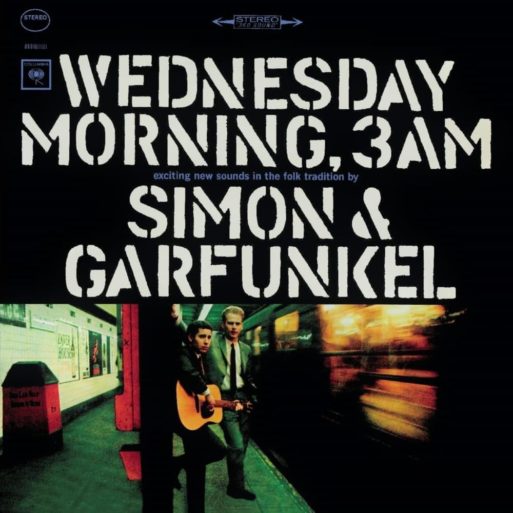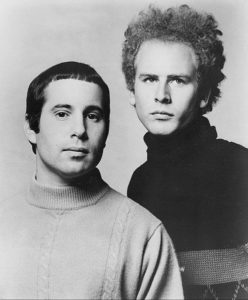 In the early 1960s, the Cuban Missile Crisis and the threat of nuclear war were on the minds of many Americans, including some of the most popular folk performers of the day. “The Sun is Burning” by Simon and Garfunkel is an especially poignant example of an anti-war anthem, showing us just how destructive this weaponry can be. However, the song is much more than a symbol of protest against the Cold War and the atomic bomb. It also reminds us of the fragility of life and the importance of treasuring each day.
In the early 1960s, the Cuban Missile Crisis and the threat of nuclear war were on the minds of many Americans, including some of the most popular folk performers of the day. “The Sun is Burning” by Simon and Garfunkel is an especially poignant example of an anti-war anthem, showing us just how destructive this weaponry can be. However, the song is much more than a symbol of protest against the Cold War and the atomic bomb. It also reminds us of the fragility of life and the importance of treasuring each day.
“The Sun is Burning” was originally written by British folk performer Ian Campbell in 1963. At the time, Campbell saw nuclear war as a serious threat to the world. He wanted the folk music scene to take a stand against nuclear warfare, and all of the early proceeds from the song went to the the Campaign for Nuclear Disarmament. Campbell was one of the leading pioneers of 1960s protest music, and he would go on to influence countless other politically motivated singer-songwriters, including the famed Simon and Garfunkel.
Just one year after Campbell released “The Sun is Burning,” Simon and Garfunkel recorded their own rendition in 1964. To this day, it is perhaps the best-known version of the song. Like the original tune, the music is soft, warm and inviting, but it becomes much more solemn when you listen carefully to the lyrics.
The song begins innocently, as Paul Simon and Art Garfunkel sing,

Credit: Wikimedia.org
The sun is burning in the sky
Strands of clouds go slowly drifting by
In the park the lazy breeze
Are joining in the flowers, among the trees
And the sun burns in the sky
As the song moves from verse to verse, the tone changes significantly. What begins as a picturesque summer afternoon in a park soon becomes more foreboding. As the sun sinks below the horizon in the story, the lyrics become even darker. By the end of the song, Simon and Garfunkel lament,
Now the sun has disappeared
All is darkness, anger, pain and fear
Twisted, sightless wrecks of men
Go groping on their knees and cry in pain
And the sun has disappeared
The sun in the song is a metaphor for nuclear war. It’s described initially as warm and inviting, especially as it “blossoms” and “blooms” against the horizon. Insofar as these terms are often used to describe the appearance of nuclear mushroom clouds, it becomes apparent that the sun in the story represents more than just passing time. Here, the narrator is sending a clear message about the dangers of nuclear warfare. At first, it seems like this weaponry will keep us safe. But in reality, it brings about disaster and pain.
Nevertheless, like most protest songs of this era, “The Sun is Burning” isn’t devoid of hope. The narrator reminds us that there is a way to prevent the story from ending this way. By reminding us of the grief and sorrow that stems from war, he is urging us to treasure peace and consider compromise as an alternative.
The song also has meaning outside of its origins as a protest song. When viewed through the lens of loss in general, its themes touch on the nature of grief as a whole. Grief and death can take people by surprise, leaving them feeling lost and shrouded in darkness. And as the sun sinks below the horizon, grief grows. But ultimately, the sun does rise again, bringing back the warmth that was once lost. When viewed from this perspective, “The Sun is Burning” can be a comforting reminder that nothing lasts forever, not even grief.
You can read the lyrics for “The Sun is Burning” here

 “The Sun is Burning” by Simon and Garfunkel
“The Sun is Burning” by Simon and Garfunkel


 “Hand to Earth” by Andy Goldsworthy
“Hand to Earth” by Andy Goldsworthy
 Trans Remembrance Project Provides a Community of Grieving
Trans Remembrance Project Provides a Community of Grieving
 Caring for a Dying Loved One? Be Gentle With Yourself.
Caring for a Dying Loved One? Be Gentle With Yourself.














